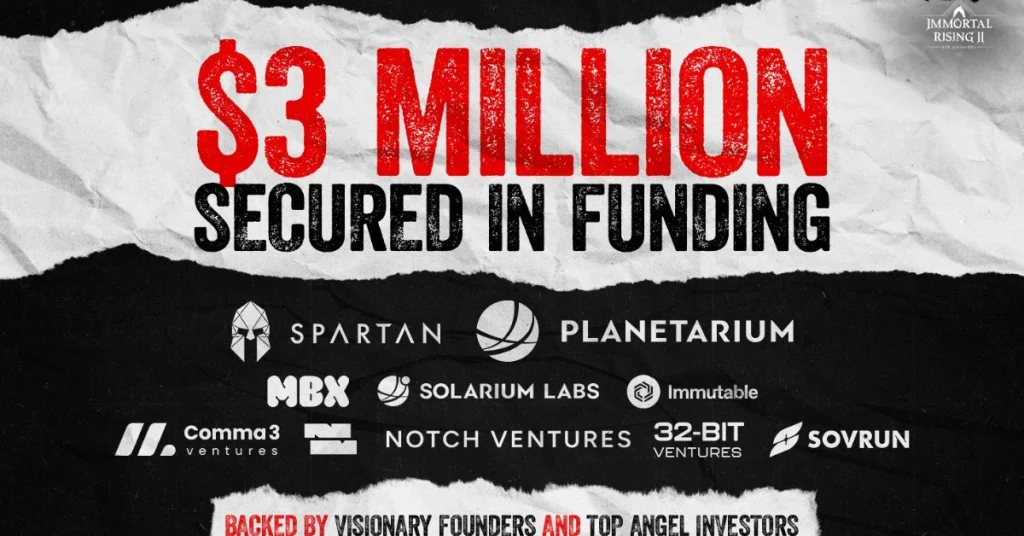


Europe’s First Bitcoin Treasury Firm Plans $340M BTC Buy
The post Europe’s First Bitcoin Treasury Firm Plans $340M BTC Buy appeared first on Coinpedia Fintech News Paris-based Blockchain Group is stepping up...

XRP Gains Nasdaq Traction as Vivopower Launches Saudi-Backed XRP Treasury Plan
XRP storms into institutional finance as Vivopower launches a strategic XRP treasury play, deploying $121 million to anchor XRPL growth with Saudi-bac...

Ambitious Bitcoin Accumulation: Smarter Web Company Boosts Holdings in Bold 10-Year Plan
BitcoinWorld Ambitious Bitcoin Accumulation: Smarter Web Company Boosts Holdings in Bold 10-Year Plan In a move signaling strong conviction in the fut...

Elon Musk’s DOGE Plan To Save the U.S. Economy from Recession Amid Bitcoin Turmoil
The post Elon Musk’s DOGE Plan To Save the U.S. Economy from Recession Amid Bitcoin Turmoil appeared first on Coinpedia Fintech News Billionaire...

Metaplanet Becomes Japan’s Most Traded Stock
The post Metaplanet Becomes Japan’s Most Traded Stock appeared first on Coinpedia Fintech News Metaplanet has claimed the number one spot as Japan’s m...
Latest Crypto News
Related News
-

SEC Plans Crypto Sandbox to Let Firms Innovate While Rules...
The post SEC Plans Crypto Sandbox to Let Firms Innovate While Rules Are Finalize...
Featured News
-

WazirX Hack Update: Consumer Court Rejects Case, Victims P...
The post WazirX Hack Update: Consumer Court Rejects Case, Victims Plan To Approa...

















